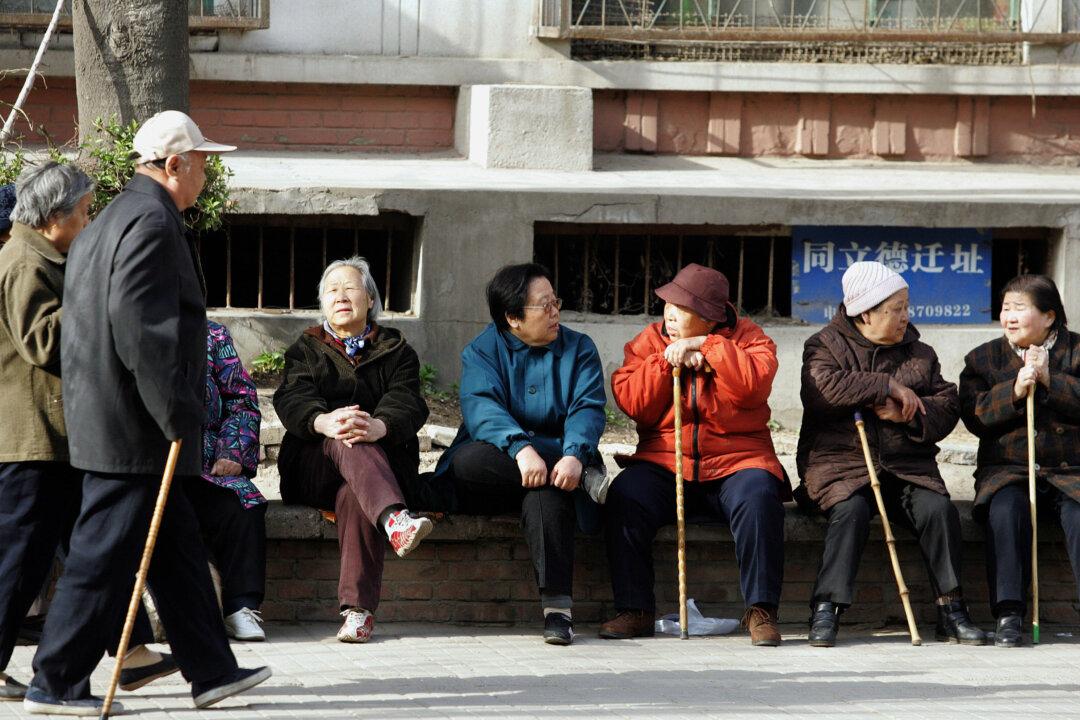The number of elderly people who need care in China has exceeded 45 million and is expected to reach 60 million by 2030, according to a recent survey. Characterized by large scale, deep degree, and rapid acceleration, China’s aging trend is different than that of other countries.
Authored by a team of social scientists from China’s Peking University, a paper that projects the care needs of China’s elderly population was published in The Lancet Public Health on Nov. 21.





